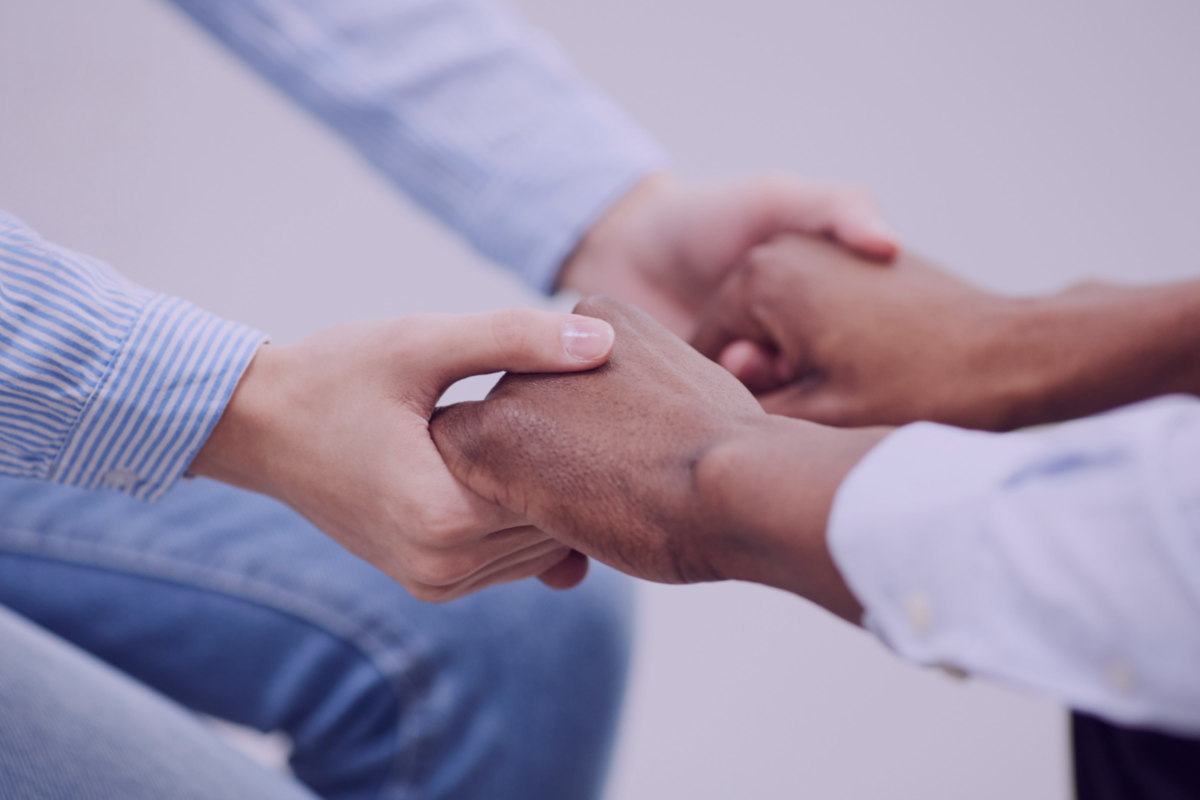Safeguarding and mental health: Recognising and addressing abuse

Abuse can take many forms, spanning multiple stages and types and can affect people of any age. Children and adults may experience the same forms of abuse, for example, emotional/psychological, physical, psychological, and neglect.
This blog will talk about how to recognise the signs, and how to address abuse most effectively, for the victim’s wellbeing and their protection.
Recognising the signs
Abuse and neglect can occur in many different situations and may be defined in various ways, making it impossible to create a comprehensive list of warning signs. However, listed below are some of the most common indicators to watch for, with advice on how to handle them appropriately.
Physical abuse
Physical abuse is one of the most noticeable. Common examples include hitting, slapping, kicking, throwing objects, and even suffocation.
Some of these can leave visible signs on the person’s body, such as bruises or scratches, and normally go unexplained by the victim.
Emotional and psychological abuse
Emotional abuse is a form of abuse that manipulates a person’s emotions, leading to severe psychological distress. Abusers often belittle their victims, engage in victim blaming, and subject them to extreme humiliation.
Psychological abuse involves using verbal and social tactics to manipulate and control a person’s thoughts. Abusers often gaslight (abuse that involves manipulating someone into questioning their reality, memories, and thoughts) their victims, manipulate their perceptions or issue harmful threats.
Some signs of this may be low self-esteem, insomnia, silence (a sense of withdrawal – from social activities, friends, or family), and signs of distress.
Sexual abuse
Sexual abuse takes many forms and can lead to long-lasting effects on a victim’s behaviour, relationships, and sex life. Some victims may not even realise they are being abused, while others are coerced or manipulated into believing the abuse is normal.
Some of the indicators of sexual abuse can be signs of depression and withdrawal from friends and family. be visible signs of this type of abuse, similar to physical abuse.
Child abuse
Child abuse occurs when a child is harmed by an adult or another child. This harm may happen repeatedly over time or be the result of a single incident. Abuse can take many forms, including physical, sexual, or emotional harm, and can happen in-person or online. It also includes neglect, which is the failure to provide love, care, and attention.
The most common signs of child abuse are:
- Being withdrawn
- Lack of bond with parent/carer
- Running away, or going missing
- Lack of social skills or a struggle to maintain friendships
- Uncharacteristically becoming aggressive.
Although these are signs, they don’t always necessarily mean that the child is subjected to abuse, there could be other things going on within their life, or personal mental health problems.
How to address the signs
If you suspect someone in your care is suffering one or more of these types of abuse, you can signpost them to the NHS domestic abuse website pages, or one of the below services.
Women: https://www.nationaldahelpline.org.uk/
LGBT: https://galop.org.uk/
For support for victims of sexual abuse, refer to the NHS website, or one of the organisations listed on the Government website.
Supporting victims as a healthcare professional
Healthcare workers are in a key position to identify and assist in stopping or interrupting different types of abuse and supporting the victims. You can do this by recognising the indicators of abuse and offering support and referral for protection as needed.
Provide a safe environment
It’s important to give the person time and space to talk, allowing them to share at their own pace. Reassure them that you believe what they are saying and avoid placing any blame on them.
Let them know they are not alone, as many others are facing similar situations. Additionally, be careful not to push them into sharing more details than they feel comfortable discussing.
Provide assistance and referrals
Encourage them to contact to their local outreach service for support. If they have suffered physical harm, assess immediate needs and evaluate any other potential risks that can occur.
If they choose to report the assault to the police, you can offer to help them with that process. Additionally, encourage them to have their injuries documented in case they are needed as evidence in the future.
In the Department of Health’s document “Responding to Domestic Abuse”, section 4, you can find all the necessary about how to support a victim of abuse as a healthcare professional, following some key safeguarding procedures, and structured guidelines.
There are a lot of signs that can be noticed in victims who suffer abuse, and with the right empathy, we can support these individuals in getting the best care, safeguarding, and justice they deserve.
To further your knowledge, we have a range of eLearning courses that can keep you and your healthcare team up to date with the best practice to handle abuse situations.